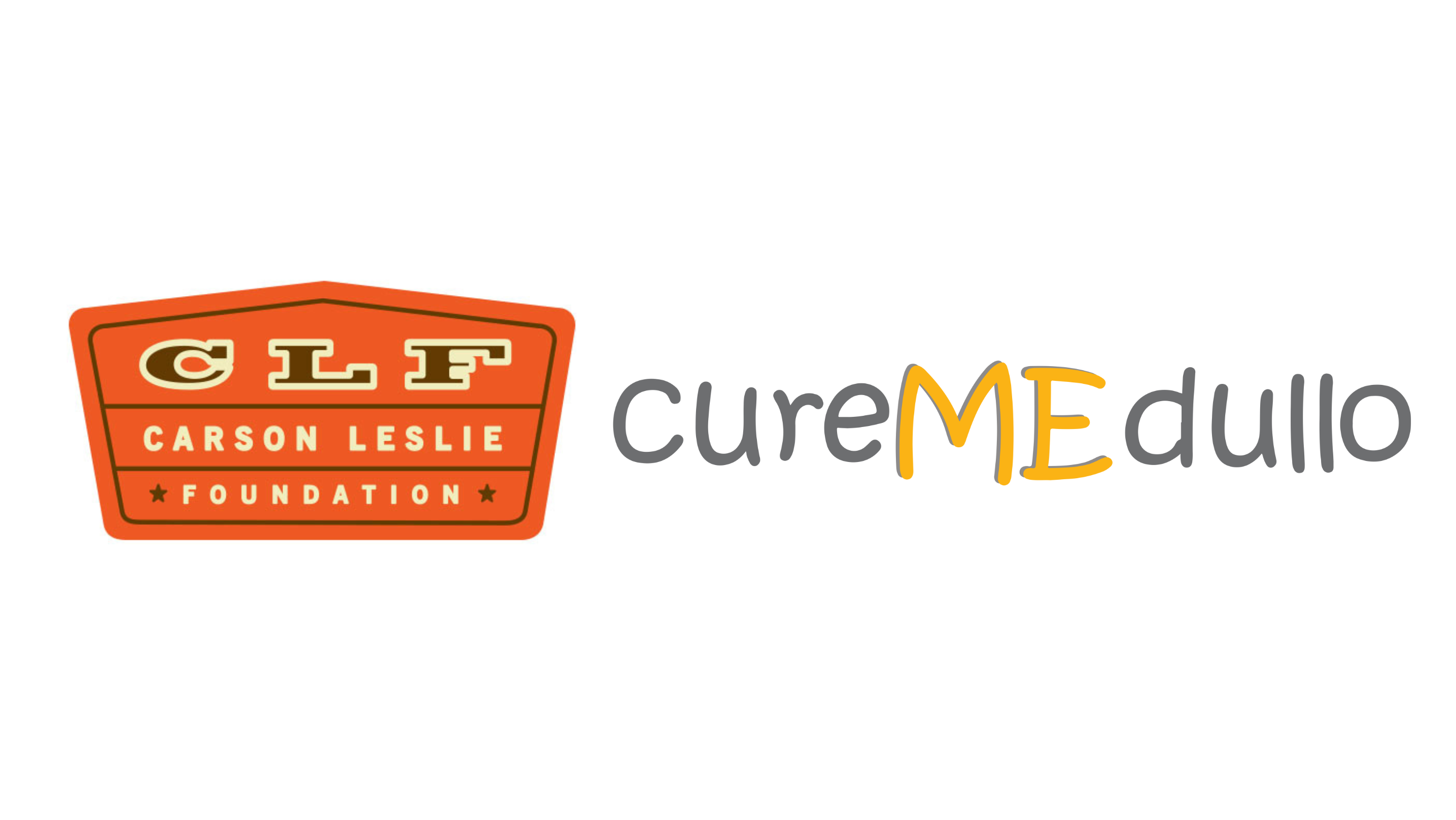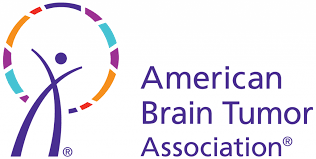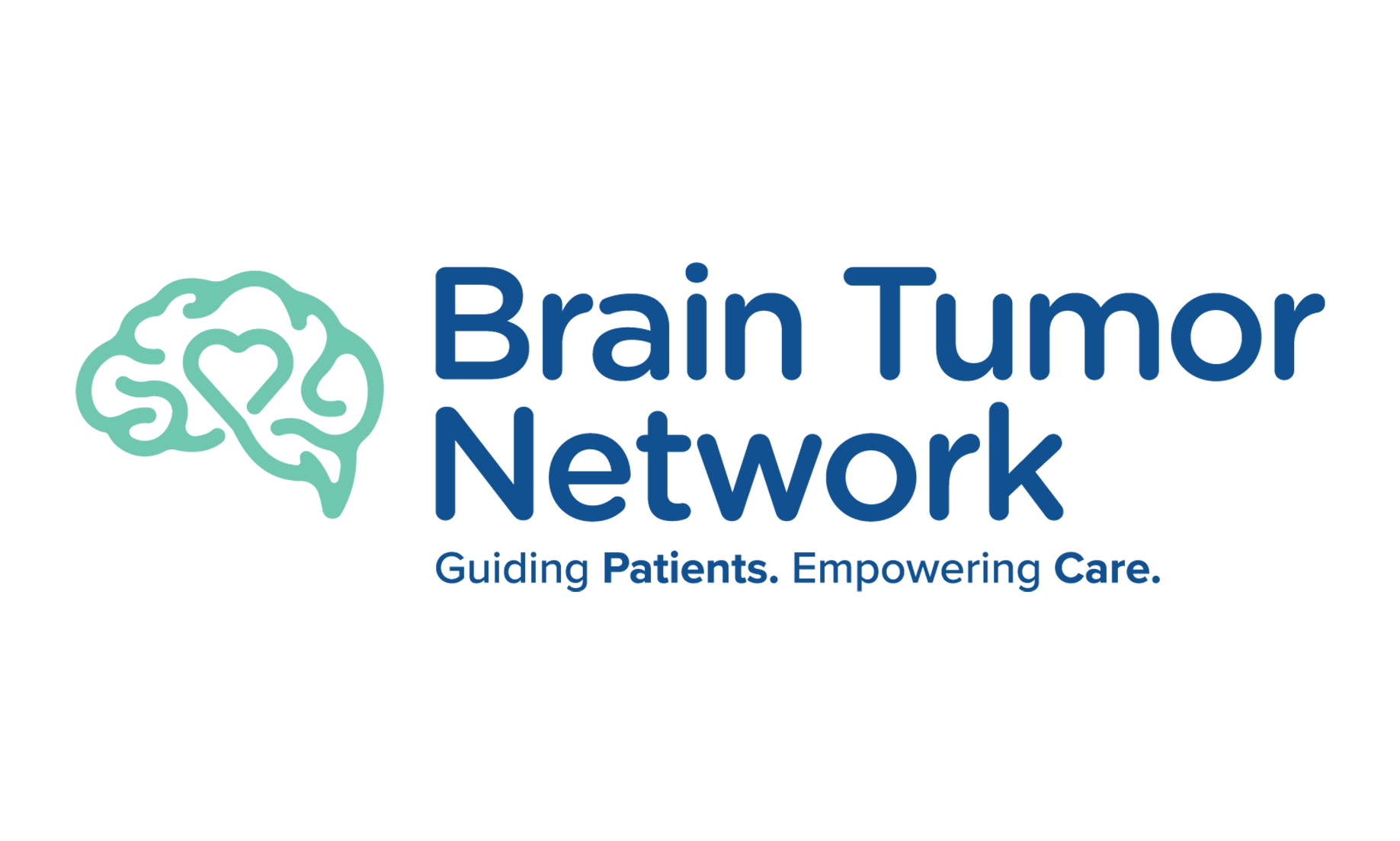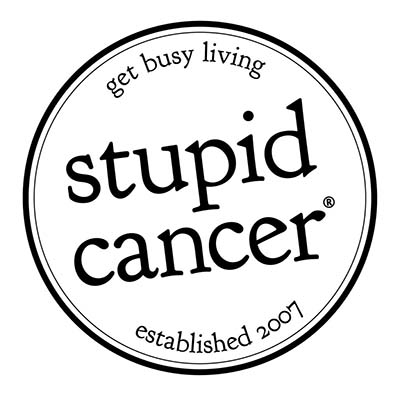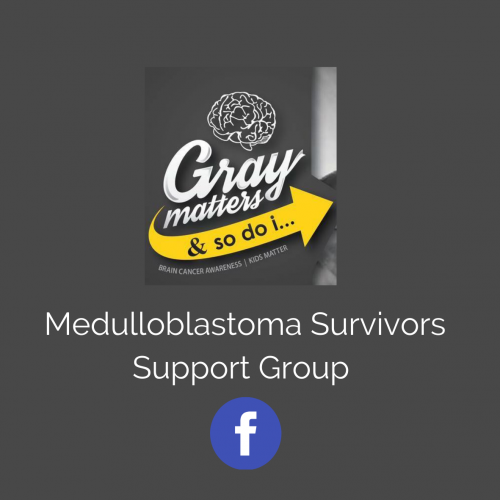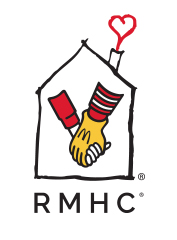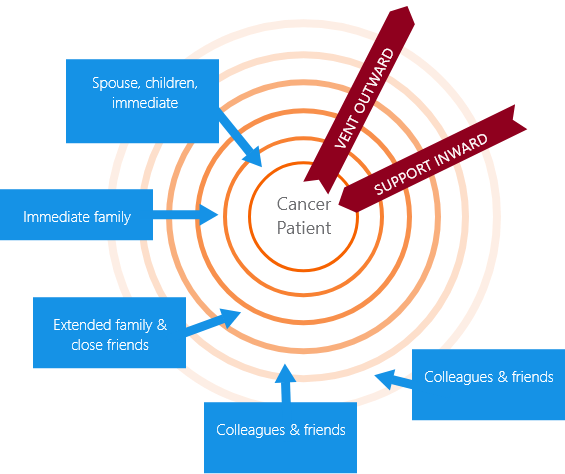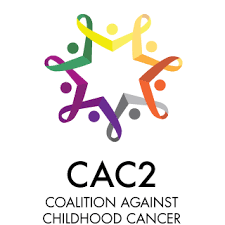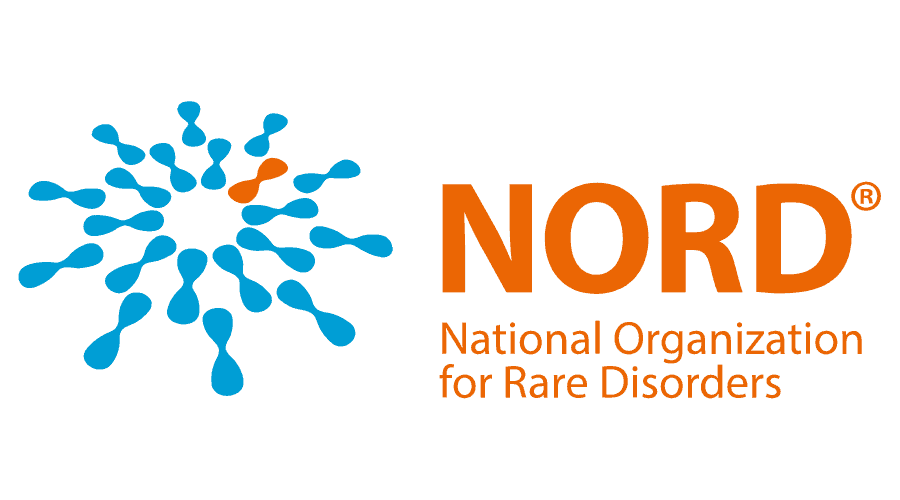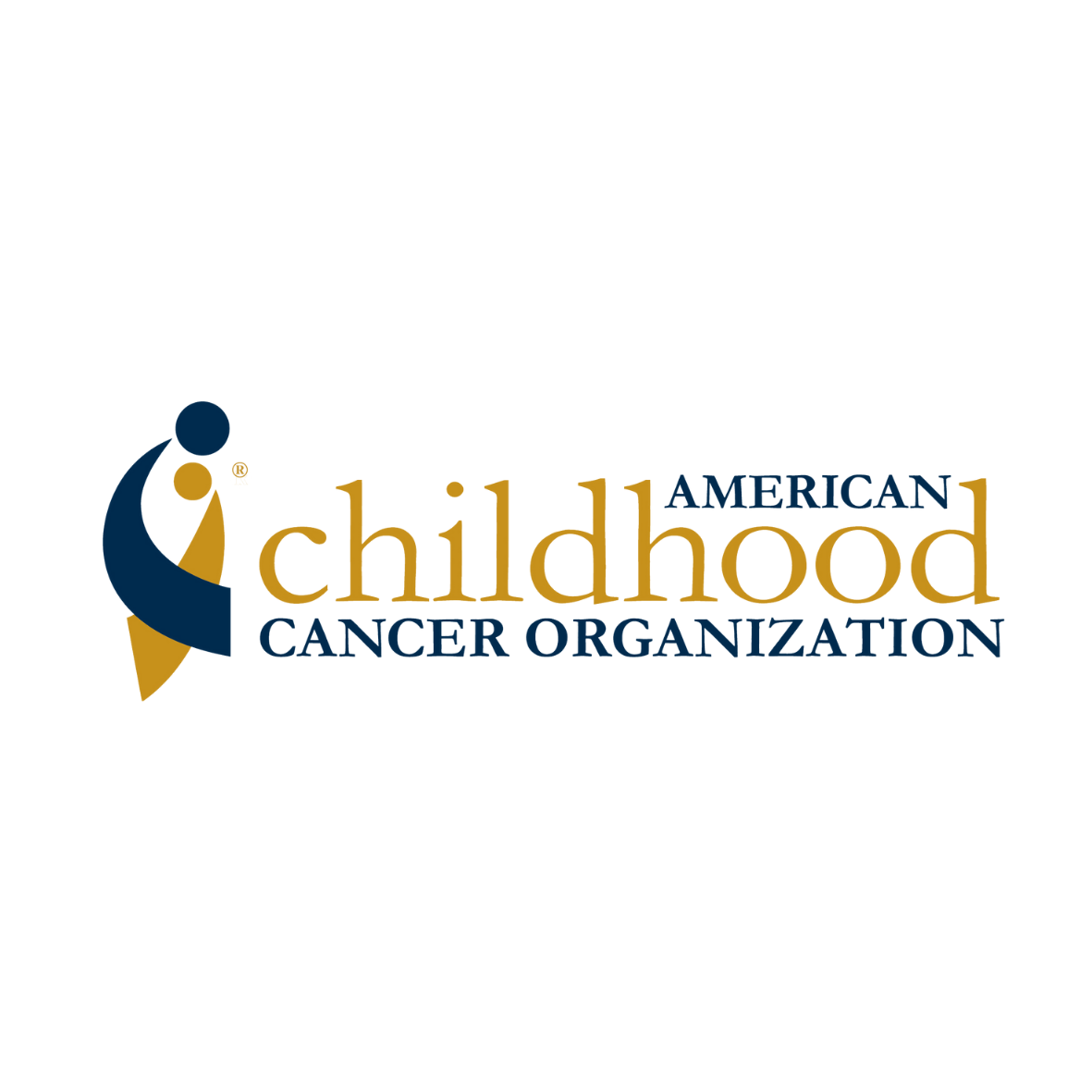| Blood Marker | Normal Range | What is it? | Fluctuation Cause | Side effects | Intervention |
|---|
| White blood cell count (WBC) | 5.69-9.8
| White blood cells are part of the immune system. They help your body fight off infections and other diseases. | Chemotherapy decreases WBC | Sore throat
Diarrhea
Chills
Rash
Burning or pain with urination
Drainage from the ear
Fever (temperature of 100.5° under the arm or 101°F by mouth or higher)
Cough that does not go away
Stiff neck
Any areas of redness, warmth, or pain
Drainage from central venous catheter site | antibiotics, infection prevention |
| Lymphotcytes | 1.23-2.69 | Lymphocytes create antibodies to fight against viruses and bacteria. | Chemotherapy increase Lymphotcytes responding to acute infection or inflammation | Infections | electrolyte management, medications, infection control |
| neurophils (ANC) | 2.77-6.34 | Neutrophils are your body’s first line of defense. They are the most numerous type of white blood cells. They kill bacteria and fungi. | Neutrophil counts generally start to drop about a week after each round of chemotherapy begins.
Neutrophil levels reach a low point about 7 to 14 days after treatment. This is called the nadir. At this point, you are most likely to develop an infection. | A fever 100.5°F (38°C) or higher
Chills or sweating
Sore throat, sores in the mouth, or a toothache
Abdominal pain | prevention and reduction of risk of infection (isolation), medication to stimluate production of WBC, delay chemo. |
| monocytes | Less than .85 | Monocytes are a type of white blood cell. They are produced in the bone marrow and then enter the bloodstream. They fight certain infections and help other white blood cells remove dead or damaged cells and fight cancer cells. | | | |
| eosinophils | .05-.22 | Eosinophils help with your body’s allergic response and kill cancer cells and parasites. | | | |
| Red Blood Cell Count (RBC) | 3.85-4.75 | Red blood cells are produced by the bone marrow continuously in healthy children and adults. These cells contain hemoglobin | Chemotherapy can damages bone marrow therefore decreasing RBC
| Rapid or irregular heart beat
Occasional chest pain
Trouble breathing or shortness of breath
Anemia
Dizziness or fainting
| Iron therapy
Red blood cell transfusion,
Erythropoiesis-stimulating agents (ESAs) |
| Hemoglobin | 11-13.3 | Hemoglobin is a substance in red blood cells that makes it possible for blood to transport (carry) oxygen throughout the body. | Chemotherapy can damages bone marrow therefore decreasing RBC
| Paleness
Listlessness (feeling “lazy”, no energy)
Dizziness
Irritability
Weakness
Tendency to feel cold
Tiredness
Shortness of breath | packed red blood cell transfusion |
| Platlet Count | 198-371 | Platelets, or thrombocytes, are small, colorless cell fragments in our blood that form clots and stop or prevent bleeding. Platelets are made in our bone marrow, the sponge-like tissue inside our bones. Bone marrow contains stem cells that develop into red blood cells, white blood cells, and platelets. | A low platelet count from chemotherapy is usually temporary. It is rare that chemotherapy permanently damages bone marrow cells. | Bruises
Petechiae (pe TEE key i) (purple freckles under the skin)
Nosebleeds
Oozing blood from the mouth or gums
Pink or red urine
“Coffee ground” vomit
Severe headache
Bright red or black bowel movements
Trouble waking up | platelet transfusion |
| Sodium | 135-148 | Sodium is both an electrolyte and mineral. It helps keep the water (the amount of fluid inside and outside the body’s cells) and electrolyte balance of the body. Sodium is also important in how nerves and muscles work. | platnum based chemotherapy agents (Aminoglutethimide, Cyclophosphamide and Vincristine). decrease sodium in body, creating electrolyte imbalance. | Slightly disoriented.
Confusion | fluid replacement |
| Potassium | 3.2-4.5 | Potassium is a mineral that your body needs to work properly. It is a type of electrolyte. It helps your nerves to function and muscles to contract. It helps your heartbeat stay regular. | loss of body fluids due to excessive vomiting, diarrhea, or sweating, due to endocrine or hormone problems from chemotherapy and/or radiation | You may not have any symptoms unless your blood potassium levels are significantly lowered.
You may have muscle weakness, fatigue, or cramps.
On exam, your healthcare provider may notice your reflexes to be lessened.
You may have changes on your electrocardiogram (ECG or EKG). | fluid replacement |
| Magnesium | 1.5-2.2 | Magnesium plays many crucial roles in the body, such as supporting muscle and nerve function and energy production. | Cisplatin causes a decrease in magnesium or thyroid disfunction can cause decrease | Low magnesium levels usually don’t cause symptoms.
however you may have rapid heart beat, nausea, diarrhea | fluide replacement, or supplementation |
| Blood Urea Nitrogen (BUN) | 5-18 | A BUN, or blood urea nitrogen test, can provide important information about your kidney function. The main job of your kidneys is to remove waste and extra fluid from your body. | Chemotherapy drugs such as: Cisplatin, Carboplatin, Carmustine, Mitomycin, high-dose Methotrexate cause BUN to increase, very high protein in diet | Decrease in amount of urine or frequency
Pain or urgency with urination
Dark urine
Blood in your urine
Fatigue
Muscle weakness
Swelling in your feet or ankles
Nausea or vomiting
Confusion, seizure | Extra fluids,
amifostine (Ethyol),s given prior to chemo,.lowering or stopping chemo, dialysis |
| Aspartate Aminotransferase (AST) | 2-40 | AST (aspartate aminotransferase) is an enzyme that is found mostly in the liver, but also in muscles. When your liver is damaged, it releases AST into your bloodstream. An AST blood test measures the amount of AST in your blood. The test can help your health care provider diagnose liver damage | Chemotherapy can decrease liver function and increase AST levels | overly tired, or very weak (fatigued) | diuretics, CT imaging
|
| Alanine aminotransferase (ALT) | 3-30 | ALT is an enzyme found in the liver that helps convert proteins into energy for the liver cells. When the liver is damaged, ALT is released into the bloodstream and levels increase. Aspartate transaminase (AST). AST is an enzyme that helps metabolize amino acids. | Chemotherapy can decrease liver function and increase ALT levels | overly tired, or very weak (fatigued) | diuretics, CT imaging |
| Albumin | 3-4.6 | is the most prevalent protein in the blood. It is synthesized in the liver and removed from circulation by the kidney, which causes it to be excreted in the urine. Albumin is often measured in order to detect liver damage or kidney damage, either of which may be a side effect of cancer or cancer treatment. | chemotherapy can decrease kidney function and decrease albumin levels | swelling, muscle weakness, poor appetite | diet modificatin, medications |
| Alkaline phosphatase | 100-300 | is an enzyme is that involved in bone growth. It is processed in the liver and excreted into the digestive tract in the bile. | chemotherapy or metasis, infection can cause increase | overly tired, abdominal pain | diuretics, CT imaging |
| Calcium | 8-10.5 | is a chemical that is necessary for muscle contraction, nerve function, blood clotting, cell division, healthy bones and teeth. | An increased level of calcium in the bloodstream is a possible complication of cancer | Loss of appetite
Nausea and vomiting
Constipation and abdominal (belly) pain
The need to drink more fluids and urinate more
Tiredness, weakness, or muscle pain
Confusion, disorientation, and difficulty thinking
Headaches
Depression | fluids, medication |
| Chloride | 99-111 | is a chemical that helps maintain fluid balance in the body. | Chemotherapy | Low chloride levels may be caused by vomiting or diarrhea. | fluids |
| Glucose | 61-199 | is the simplest form of sugar that the body uses for energy. The body requires insulin to move sugar from the bloodstream into the cells for energy production. | radiation, chemotherapy and steriods | dehydration | medication |
| Vit D | 30-80 | vitamin D promotes an overall increase in the strength of the immune system and has the properties of both a hormone and a vitamin and is necessary for mineral homeostasis and proper formation of bone | chemotherapy decreases vit d levels | Fatigue.
Bone pain.
Muscle weakness, muscle aches, or muscle cramps.
Mood changes, like depression. | sunlight,
Consume foods high in vit d (fish, mushrooms, egg yolks), supplementation
|
